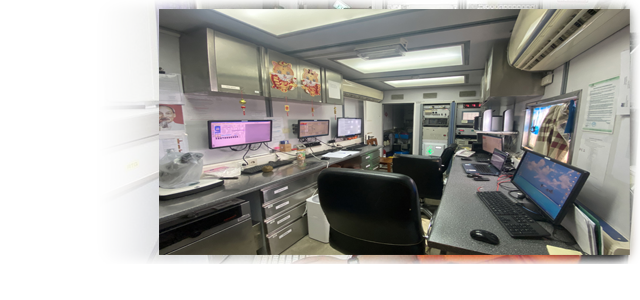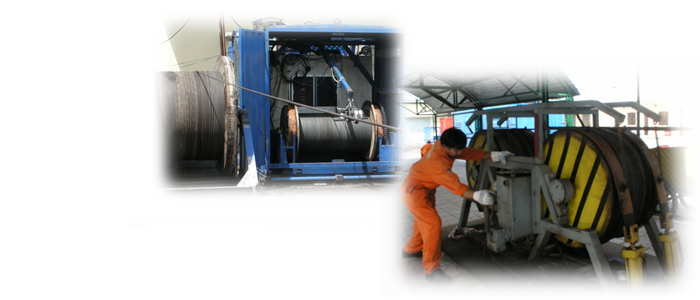L&TD
LOGGING & TESTING DIVISION

LPR-N™ Tester Valve
|
LPR-N™ Tester Valve
The LPR-N™ tester valve is a full-opening, annulus pressure-operated valve. It measures multiple closed-in pressures in cased holes where pipe manipulation is restricted and a full-opening string is required. The nitrogen chamber is charged at the surface to a selected pressure determined by surface temperature, bottomhole temperature, and bottomhole pressure. If the intended test requires a permanent packer that uses a stinger mandrel or seal nipple, a variety of Halliburton bypass tools are available, depending on field application, to help ensure that the formations and downhole equipment are protected from excessive pressure buildup. Features and Benefits
• The ball valve operates independently of internal pressure changes, such as with acidizing or fracturing operations. • Advanced materials and processes provide a unique metal-to-metal seat for exceptional gas-holding capabilities. • The LPR-N tester valve has been through an extensive five-day qualification testing at 400°F and 15,000 psi burst and collapse pressures. • An open-in feature allows the operator to run the LPR-N tester in the hole with the ball valve opened or closed. • Fluids can be spotted or circulated through the LPR-N tester with the packer unseated.A double nitrogen chamber can be added to the LPR-N tester for use in deep, hot, high-pressure wells to reduce the operating pressure. Operation
The LPR-N tester valve is composed of a ball valve section, a power section, and a metering section. The ball valve section provides multiple downhole closures. It is turned by operating arms. The power section has a floating piston that is exposed to the hydrostatic pressure on one side and pressurized nitrogen on the other side. With the packer set, pump pressure applied to the annulus moves the piston downward, activates the operating arms, and opens the ball valve. When the annulus pressure is released, pressurized nitrogen returns the piston upward, closing the ball.After the surface equipment is properly installed, the packer is set, and the rams are closed, pressure is applied to the annulus, using rig pumps to operate the LPR-N tester. To begin testing, quickly apply pump pressure to the annulus to a predetermined pressure, and hold for 10 minutes to pressurize the nitrogen chamber. After pressure has been metered through the metering cartridge, pressure in the nitrogen chamber will be slightly less than combined hydrostatic and pump pressure in the annulus. This helps ensure that the ball valve stays open during testing or treating operations. The closing force may be increased on wells with an extremely high flow rate and wells producing a large amount of sand. Before the tool is closed, the annulus pressure is increased to a predetermined safe pressure below the operating pressure of the circulating valve and held for 10 minutes. This procedure creates additional closing force when the annulus pressure is released. Releasing the annulus pressure as quickly as possible closes the ball valve. A minimum of 10 minutes is needed to allow excess closing pressure in the nitrogen chamber to equalize before annulus pressure is reapplied. It is best to use the highest safe operating pressure to obtain maximum closing force. LPR-NTM Tester Valve
Meets NACE-0175 > 175°F (79°C) standards for H2S service *Service temperature up to 450°F (dressed with 600 series o-rings and PEEK™ back-up seals) **The values of tensile, burst, and collapse strength are calculated with new tool conditions, Lame’s formula for burst and collapse strength, and stress area calculations for tensile strength. ***Pressure rating is defined as differential pressure at the tool. (Differential pressure is the difference in pressure between the casing annulus tool ID.) These ratings are guidelines only. For more information, contact your local Halliburton representative. PEEK is a trademark of ICI Americas, Inc. Poly-Ether-Ether-Ketone. |
Nhóm Marketing














